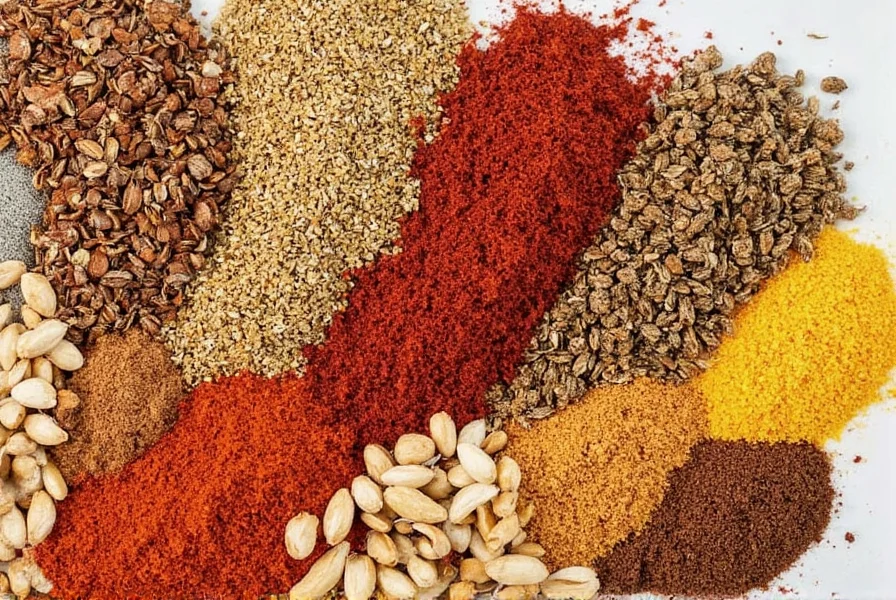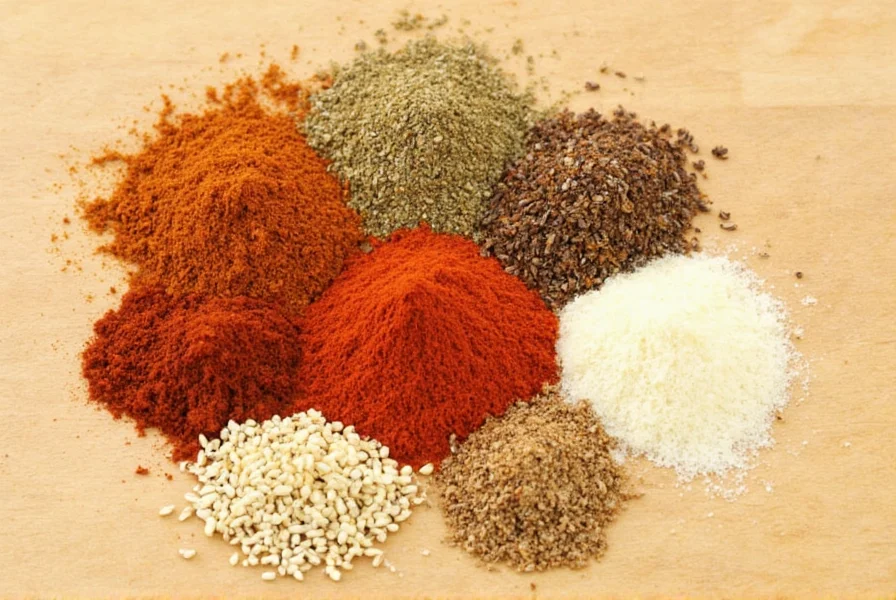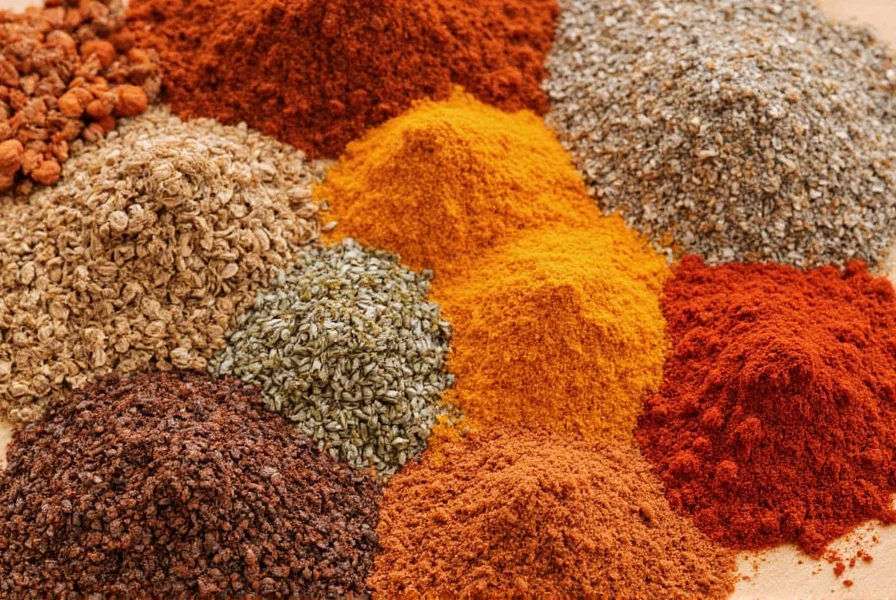Understanding all spice ingredients begins with dispelling a widespread culinary myth. Many home cooks mistakenly believe allspice is a pre-mixed combination of spices, but this couldn't be further from the truth. The confusion often stems from similar-sounding products like mixed spice or pumpkin pie spice, which are actual blends.
The Botanical Reality of Allspice
Allspice, scientifically known as Pimenta dioica, produces small berries that are harvested while still green and unripe. These berries undergo sun-drying until they turn brown and develop their characteristic aroma. The chemical compounds eugenol, myrcene, and caryophyllene create that signature flavor profile that mimics multiple spices.
When exploring what is allspice made of, it's essential to recognize its singular origin. Unlike spice blends that require multiple ingredients, authentic allspice contains only one component: these dried berries. This distinction matters significantly when following recipes that specify allspice versus generic "mixed spice" or "pumpkin spice."
Why Allspice Tastes Like Multiple Spices
The flavor complexity of allspice explains why many believe it's a blend. Its aromatic profile contains notes that individually resemble:
- Cinnamon (warm, sweet notes)
- Cloves (pungent, spicy elements)
- Nutmeg (earthy, slightly bitter undertones)
- Pepper (subtle heat)
This natural combination occurs because the allspice ingredients list contains volatile oils that interact to create layered flavors. When shopping for allspice, look for whole berries rather than pre-ground powder. Whole allspice retains its flavor significantly longer and can be freshly ground as needed using a standard spice grinder.
| Spice Product | Actual Ingredients | Common Misconceptions |
|---|---|---|
| Allspice | 100% Pimenta dioica berries | Mixed spice blend |
| Mixed Spice (UK) | Cinnamon, coriander, nutmeg, caraway | Same as allspice |
| Pumpkin Pie Spice | Cinnamon, ginger, nutmeg, allspice, cloves | Contains pumpkin |
Practical Uses in Cooking
Knowing the truth about all spice ingredients transforms how you use it in recipes. This versatile spice works exceptionally well in both sweet and savory applications:
In Caribbean cuisine, allspice features prominently in jerk seasoning and pickling blends. German cooks use it in sauerbraten, while Middle Eastern recipes incorporate it into meat rubs and rice dishes. For baking, allspice enhances fruit pies, gingerbread, and spice cakes without overwhelming other flavors.

Selecting and Storing Quality Allspice
When purchasing allspice, check for these quality indicators:
- Whole berries should be dark brown, uniform in size, and emit a strong aroma when crushed
- Ground allspice should have a rich brown color (not dull or grayish)
- Avoid products with visible dust or powder at the bottom of containers
Proper storage extends shelf life significantly. Keep whole allspice berries in an airtight container away from light and heat. They'll maintain peak flavor for 2-3 years. Ground allspice loses potency faster—use within 6-12 months for best results. For serious cooks exploring allspice vs mixed spice differences, maintaining separate containers prevents cross-contamination of flavors.

Common Substitutions and Mistakes
When a recipe calls for allspice, don't reach for a spice blend unless specifically instructed. The allspice ingredients list matters because substitutions alter flavor balance. If you must substitute:
- For 1 teaspoon allspice: Use ½ tsp cinnamon + ¼ tsp nutmeg + ¼ tsp cloves
- Never replace allspice with pre-mixed pumpkin pie spice (which already contains allspice)
- Avoid using mixed spice as a direct substitute in savory dishes
Understanding these distinctions prevents recipe failures, especially in traditional Jamaican jerk recipes or Scandinavian meatballs where allspice plays a starring role rather than a supporting one.
Frequently Asked Questions
Is allspice really just one spice?
Yes, authentic allspice consists solely of dried Pimenta dioica berries. It's not a blend despite its name suggesting multiple spices. The complex flavor profile that resembles cinnamon, cloves, and nutmeg comes from the natural chemical composition of this single ingredient.
What's the difference between allspice and mixed spice?
Allspice is a single ingredient (Pimenta dioica berries), while mixed spice is a British blend typically containing cinnamon, coriander, nutmeg, and caraway. They're not interchangeable, especially in savory recipes where allspice's unique flavor profile is essential.
Can I substitute pumpkin pie spice for allspice?
Not directly. Pumpkin pie spice already contains allspice along with cinnamon, ginger, and cloves. Using it as a substitute would create an unbalanced flavor. For recipes specifically calling for allspice, use the single ingredient for authentic results.
Why does allspice smell like multiple spices?
Allspice contains natural compounds including eugenol (found in cloves), myrcene (present in bay leaves), and caryophyllene (in black pepper). These interact to create a complex aroma that individually resembles several spices, explaining why early explorers named it "allspice."
Does allspice contain actual spice blends?
No, pure allspice contains only Pimenta dioica berries. Some commercial products might blend it with other spices and misleadingly label it as "allspice," but authentic allspice is always a single-ingredient product. Check labels carefully for "100% Pimenta dioica" to ensure purity.











 浙公网安备
33010002000092号
浙公网安备
33010002000092号 浙B2-20120091-4
浙B2-20120091-4